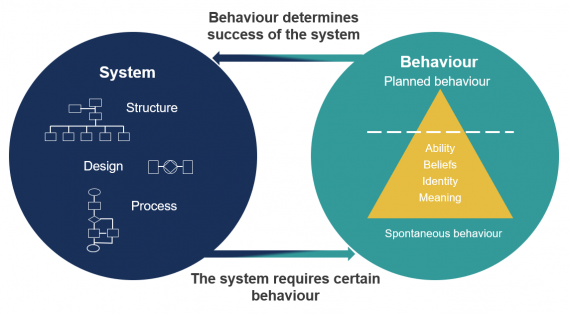Organisations own assets to create value for their clients. This value ranges from providing effective infrastructure to manufacturing food that is safe for consumption. The goal of asset management is to get the most value out of an asset over its lifespan while maintaining an optimal balance between performance, costs and risks. Effective asset management implementation is essential for getting this balance right.
Our approach to asset management implementation
We start with an asset management maturity assessment. This identifies the gaps in your organisation’s asset management programme and provides a structured and meaningful approach to the implementation of asset management best practices that will fast-track measurable results. It will also help you decide what your company needs the most: a strategic asset management plan (SAMP), process improvements to drive better business intelligence, ISO 55000 certification, or a reliability programme.
We then plan the implementation with your organisation’s best interests in mind. Our aim is to ensure that the implementation directly supports your company or departmental strategy and objectives.
To achieve a successful implementation, we:
- start with ‘the end in mind’ based on the strategy of your organisation, and then determine what that means for your assets now and in the future
- pay attention to the culture in your organisation and make sure your employees can be responsible for their success
- connect the different entities involved with and affected by asset management in support of the larger impact on the entire business.
Focus on the hard and soft elements during the implementation
Organisations consist of a technical business domain and a social domain. The technical business domain consists of ‘harder’ elements such as rules, processes, systems and structures. Organising this domain is usually done with a project-based approach.
The social domain consists of ‘softer’ elements. The most important elements are behaviour and culture. The social domain includes motivation, (personal) leadership, emotion and experience. Here there is a lot of attention to meaning so that people can experience the added value of the change in their own context.

A balance between the hard and soft elements is crucial. To reach this balance we define the goal as clearly as possible while innovatively involving the staff to get their buy-in.
The components of an asset management implementation
The classic components of asset management implementation are:
- Asset management maturity assessment. Identify the gaps in an asset management programme and benchmark an ideal maturity based on industry standards and company objectives.
- Asset management awareness training. Create meaning and ensure the importance of asset management is understood and valued by all.
- Organisational development. Focus on the ‘soft’ or human side of asset management. Develop effective asset management policies, a strategy and objectives.
- Complete risk management with underlying methods such as:
- Maintenance tactics based on FMEA and RCM.
- Maintenance optimisation. Review maintenance activities and asset care plans to ensure that they affordably deliver optimal performance while mitigating risks.
- Implement maintenance management including:
- Configuration management. Ensure a good overview of all assets.
- Information management. Determine the information needs, assess the extent to which current systems meet this need, and make recommendations for the provision of information.
- Enterprise Asset Management System selection and implementation.
- Enterprise Asset Management System reconfiguration and optimisation.
- Life Cycle Costing. Calculate the cost over the life of an asset.
- Life Cycle Management. Plan the asset’s optimal replacement time.
Getting started with asset management?
Do you want to get going with asset management or improve and optimise your current asset management? We are happy to help you either way. Speak to one of our consultants today.



